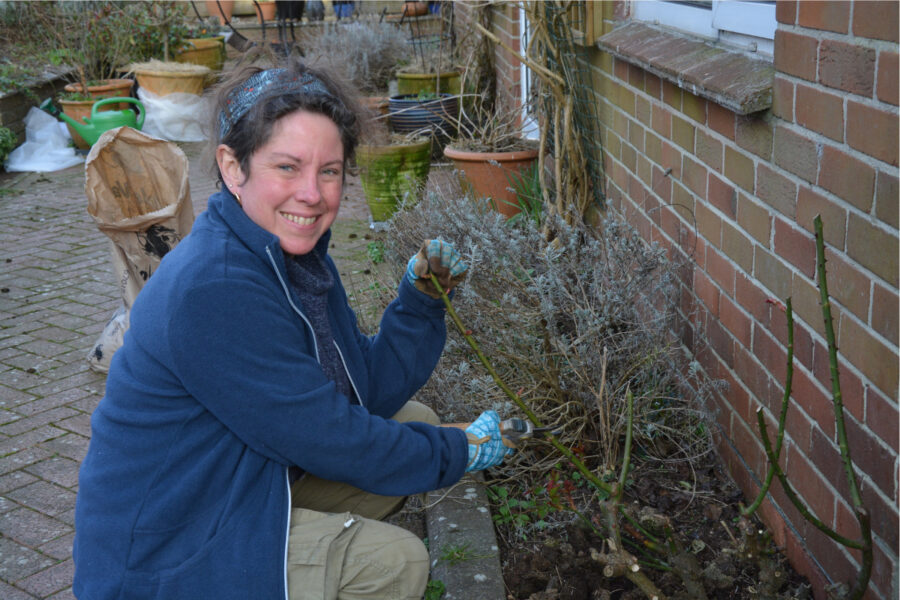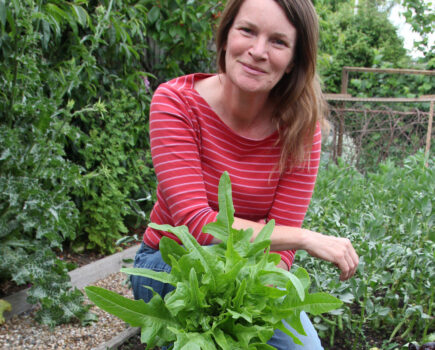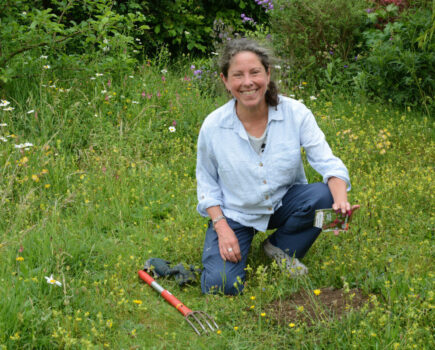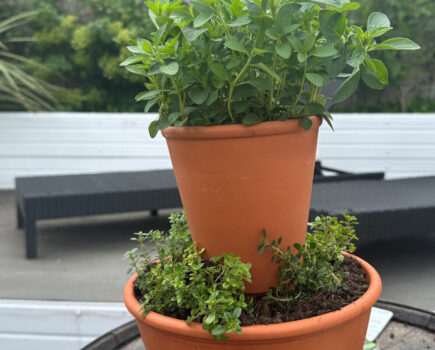Plant and prune roses ahead of the growing season
Pruning your roses in late winter or early spring is one of the best ways of ensuring they perform their best this summer.
It keeps them healthy and in a good shape, improving airflow through their stems and helping reduce the risk of fungal diseases.
This is also your chance to remove any dead wood and last year’s new stems showing the scabby black lesions that signify black spot disease.
Don’t forget to scan the soil around your roses to remove the remains of all fallen leaves infected with black spot.
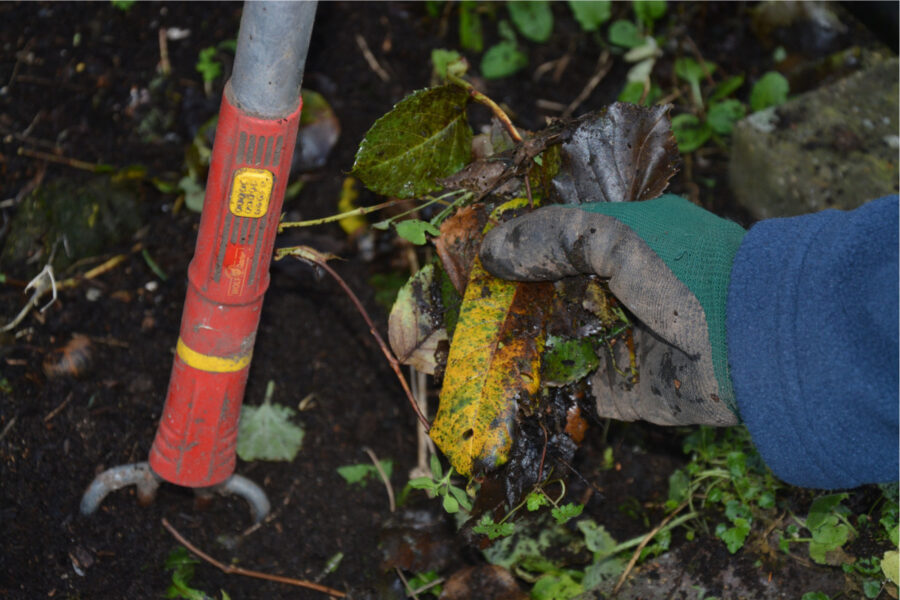
February is also your last call for planting bare root roses while they remain dormant, though avoid putting them in soil where roses have been grown previously as they may fall foul of replant disease.
This is a little-understood condition where plants fail to thrive in soil where members of their family have grown before, though the risk can be lessened by adding fresh soil from elsewhere in the garden to the planting hole, or planting in a cardboard box with its base removed, so that the roots can get established as the cardboard decomposes in the soil.
Adding mycorrhizal fungi when planting is also thought to help by strengthening the roots and improving the uptake of water and nutrients.
Young roses with bare roots swaddled in plastic or hessian are an economical way of adding roses to borders and containers.
You need to soak their roots in water for a good 30 minutes before planting and use the soil ‘tide mark’ up their stems to gauge how deep they need to go in the soil.
Water well after planting and mulch with well-rotted compost or manure.
Cutting back buddleia
Keep your butterfly bush in good shape
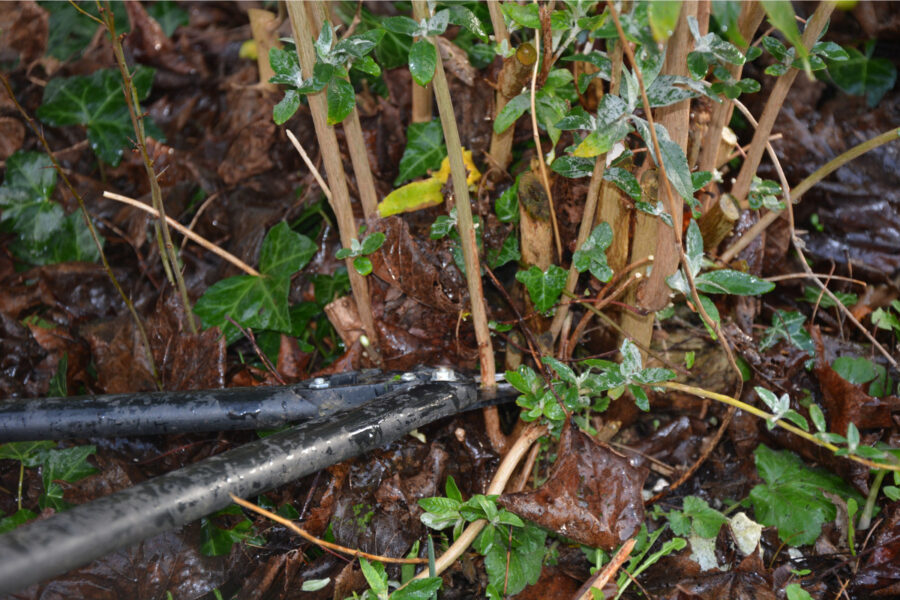
- We used to have a buddleia in the front garden and every year its hanging racemes of lilac blooms acted as a magnet for the neighbourhood butterflies.
- For a few weeks each summer, the shrub was alive with painted ladies, tortoiseshells, peacocks and red admirals and it was an absolute joy to witness.
- Buddleias, also appropriately known as ‘butterfly bushes’, are popular shrubs and there are many varieties, from large ones to dwarf cultivars perfect for small gardens and containers.
- Larger varieties can become unwieldy and top heavy if left unpruned, so to keep them neat and prevent them being blown over in rough weather, they need cutting back.
- Late winter/early spring is the ideal time, when new growth is starting to appear.
- Simply cut branches to half their length so you can see what you’re doing, then further reduce them to just above a leaf bud.
- Very overgrown plants can be cut back to within a few inches of the soil. This looks brutal, but your buddleia will soon regenerate and throw out lots of strong, healthy growth. Mulch well after pruning.
For rose jobs for late winter and early spring
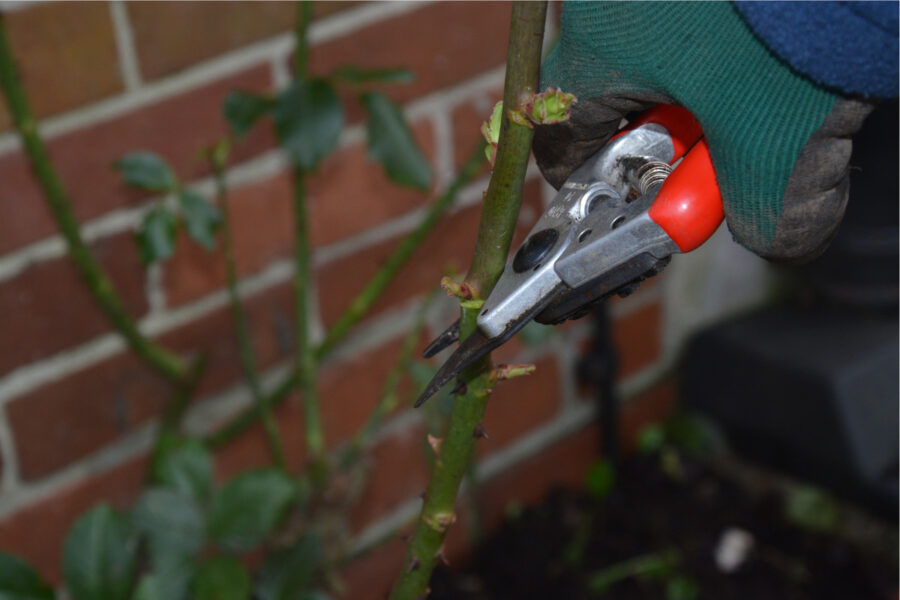
1. Cut back stems to just above an outward-facing bud. Make a slanted cut so moisture runs off.
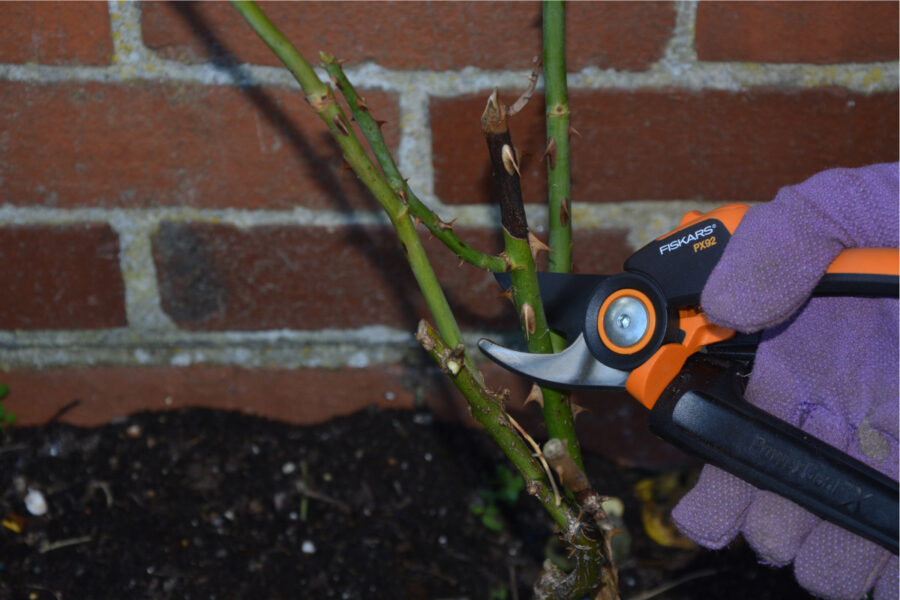
2. Remove all spindly, inward-growing stems and dead and diseased growth, cutting back to healthy new wood.
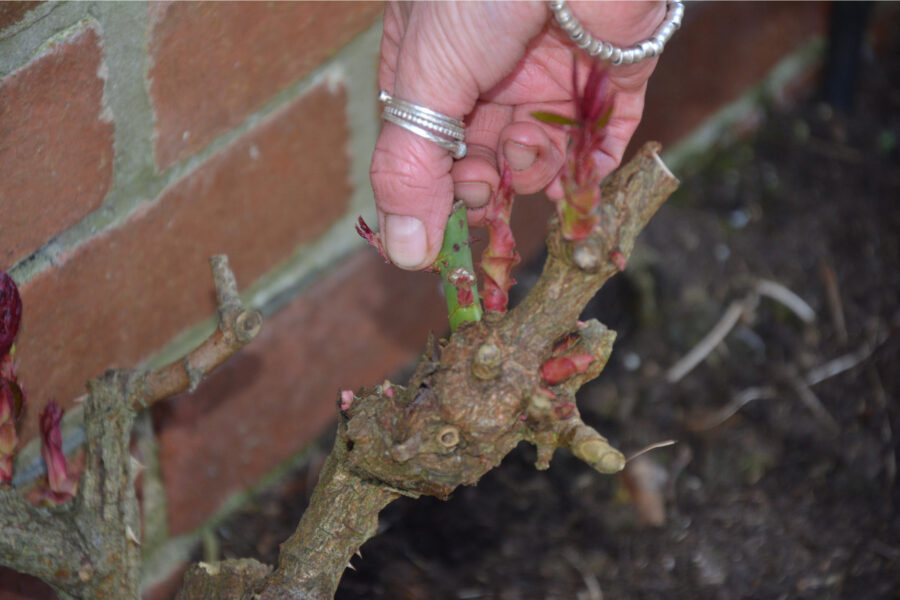
3. Look for new shoots and rub off any pointing inwards. If left, they will clutter the insides of the rose and restrict airflow.
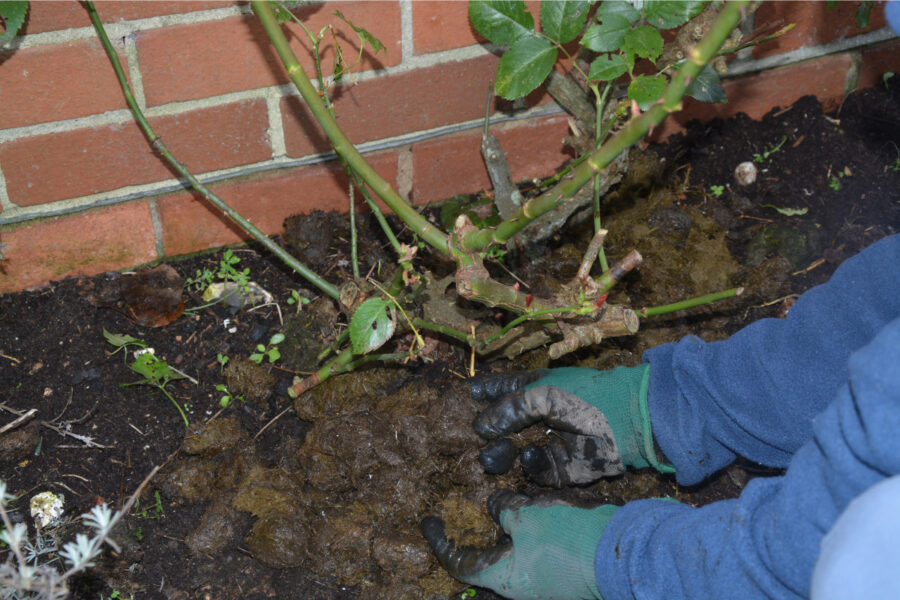
4. After pruning, feed your rose bushes and then mulch them to feed the soil and bury any remaining black spot spores.
Find more tips, advice and articles like this at the Amateur Gardening website. Subscribe to Amateur Gardening magazine now

